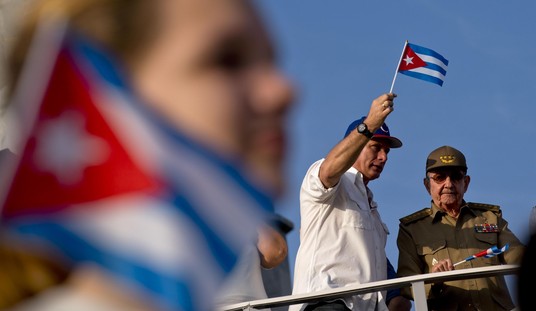An antibody study carried out in Indiana concluded that, as of May 1, 2.8 percent of the state’s residents had been infected with the coronavirus.
As part of the first phase of the study, a collaboration between the Indiana State Department of Health and the Fairbanks School, researchers tested more than 4,600 Hoosiers between April 25 and May 1 for viral infections and antibodies of SARS-CoV-2, the novel coronavirus that causes COVID-19. This number includes more than 3,600 people who were randomly selected and an additional 900 volunteers recruited through outreach to the African American and Hispanic communities to more accurately represent state demographics.
After analyzing these test results, IUPUI public health researchers determined that during the last week of April, 1.7 percent of participants tested positive for the novel coronavirus and an additional 1.1 percent tested positive for antibodies — bringing the estimated population prevalence of the virus in the state to 2.8 percent, or approximately 186,000 Hoosiers who were actively or previously infected as of May 1, Menachemi said.
As of the same date, the state’s testing showed about 17,000 cumulative cases — not including deaths — suggesting that only about one out of every 11 true infections were identified by tests focused on symptomatic or high-risk people.
As we’ve all learned by now, once you have a more accurate sense of the percentage of the population that has been infected you can combine that with the death rate and estimate the infection fatality rate, i.e. how deadly is the virus.
IUPUI scientists estimate the infection-fatality rate for the novel coronavirus in Indiana to be 0.58 percent, making it nearly six times more deadly than the seasonal flu, which has an infection-fatality rate of 0.1, according to the U.S. Centers for Disease Control and Prevention.
That’s quite a bit lower than some of the estimates based on similar antibody studies in New York. The site Worldometer, which has been tracking coronavirus data, estimates that based on the number of cases and the actual number of deaths the infection fatality rate in New York is closer to 1.4 percent (also as of May 1).
In any case, this is some additional data that suggests those Stanford studies of Santa Clara and Los Angeles, both of which suggested much lower death rates, were off the mark. I wrote about some of the problems with those studies here.
Finally, there was one more surprising figure from the Indiana results. The researchers found that a very large portion of those who tested positive for having the virus had no symptoms:
Menachemi said the research team found that about 45 percent of people who tested positive for active viral infection reported no symptoms at all.
There is some research which suggests people who have the disease are spreading the virus for several days before they have any symptoms, so it seems possible that some of that 45% experienced symptoms a day or two after they tested positive. In other words, their retroactive experience of the virus may be different than a snapshot at the moment of testing.
Getting back to the big picture here, we are nowhere close to herd immunity which is worth keeping in mind as we move to reopen everything. A lot more people can catch this and die if people get reckless. And there are still a lot of people warning that round two of this is likely to be worse than what we’ve seen so far.







